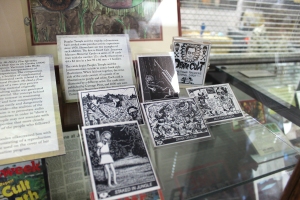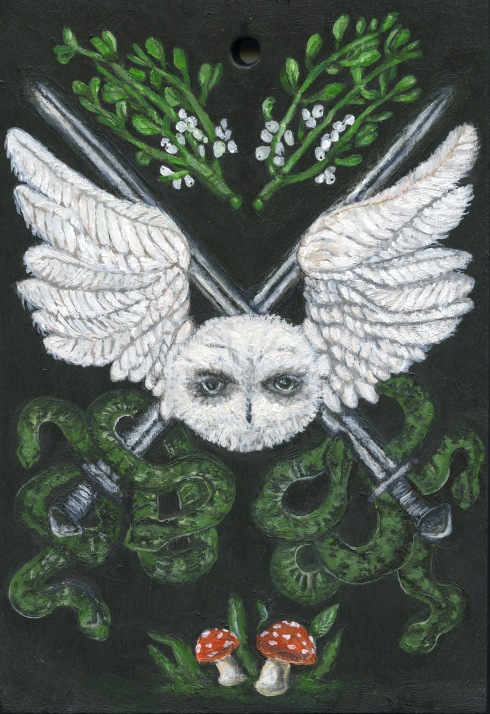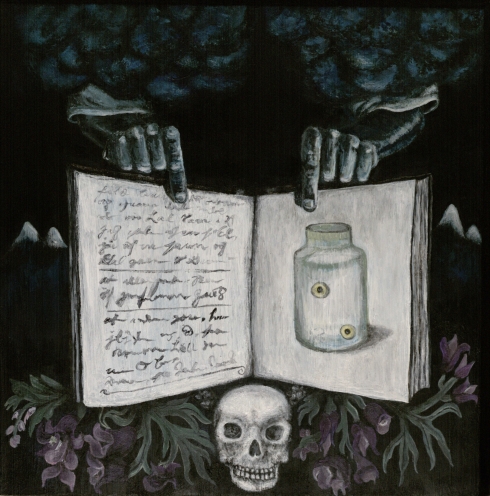“Of course, no one is suggesting that digital images of membrane pages should or can replace physical books as objects of study and teaching, and it must be noted that digitization projects, as they crack open manuscripts that may not have been examined carefully in many years, have led to immediate and significant discoveries on the ground. The point is that the digitization of the parchment inheritance yields (or at least has the potential to yield) a fundamentally different kind of information than that afforded by extended immersion in a much smaller number of manuscripts. This is one of the principles of digital humanities, of course: that the computerized transformation and geometric expansion of the world’s archives invites new sorts of questions tied intimately to the modes of preservation, enhancement, indexing, and so on that capture the objects of digitization. Given the speed with which so much information (textual, visual, codicological, palaeographical, etc.) has become so widely available in such a short amount of time to such a broad array of users, it’s worth asking hard questions about the implications of this and similar transformations of our collective archive for the field as a whole.” Bruce Holsinger in, “Medieval Studies in the Age of Big Data: A Serial Forum”
One of the biggest things I’ve struggled with in the field of special collections and rare books is balancing this idea of fascination and practicality. Fascination, more like fetishism, of rare books and manuscripts. I promoted this notion with undergraduate students especially with primary source instruction to deconstruct a “fantasy” surrounding Medieval manuscripts. This is where digital tools come in.
Not having extensive knowledge of codicology, but with 13 years working in a special collections library, I felt it was necessary to seek out the experts in this matter! Rare Book School, Philadelphia offers for the second year, a course titled “The Medieval Manuscript in the Twenty-First Century (M-95)” and taught with arresting charm and intellect by Dot Porter and Will Noel. This course, designed for a diverse selection of book scholars, Medievalist faculty, and librarians, considers (among many things) “the relationship between medieval manuscripts and their digital counterparts, and questioning the notion of digital surrogacy.” Over the past few weeks since the course, I’ve contemplated the real power of scholarship and working with primary sources comes from open access and developing new models of instruction. I even got my hands dirty!
Let me introduce to you my wild little manuscript from the Schoenberg Institute for Manuscript Studies, University of Pennsylvania Libraries: LJS 449: Medical and astronomical miscellany

I’ll admit, again, I didn’t have an extensive background in paleography OR codicology…until this course, which is interesting because, this course doesn’t focus on that level of learned knowledge. This course to me is more about taking cues from investigative observation. The Sherlock Holmes method of deduction. To make decisions based on creative and intrepid speculation. No right or wrong, just be thoughtful.
This manuscript was written in Germany, ca. 1446, in Latin and German, and it is a compilation of Latin and German texts concerning astronomy, astrology (including resources for the determination of favorable and unfavorable days and a brief treatise on the astrological properties of precious stones attributed in the manuscript to the 8th/9th-century Jewish astrologer Zaël, but also known as the lapidary of Techel), and medicine (including a brief treatise on wine used for medical purposes, attributed in another manuscript to Albertus Magnus). (From the Schoenberg Institute for Manuscript Studies website)
Knowing what I know about “medical” and “magical” manuscripts, I quickly learned from our instructor’s sharp and discernible eye, this particular manuscript could have been a workbook gathering signatures from various treatises in common medical guild style fashion. Rebound in a ‘modern’ binding, the original quires were quite possibly created separately and bound in the 15th century, to be rebound and sold in the 19th century. Serendipitous, but mysterious bookselling technique, in my opinion. Ironically, though, that is what makes this manuscript superb is the diversity of content, the frivolous script, and the wear and tear of the dingy cotton paper. Both a visceral charm for the eye, but a olfactory trigger. Everyday this manuscript left with me, a scent of eager and dutiful scribes who belabored over this contemplative work.
The culmination of our work, included a presentation and sharing of our thoughts and opinions about our individual manuscripts. I chose to use the Scalar interface, a user-friendly visual open source data tool for sharing media and other digital presentations. Librarians and digital humanities folks take note, as this tool is an option to replace some of the clunkiness and learning curve of Omeka!!! Here are some of my thoughts, in brief and spontaneous form.

























